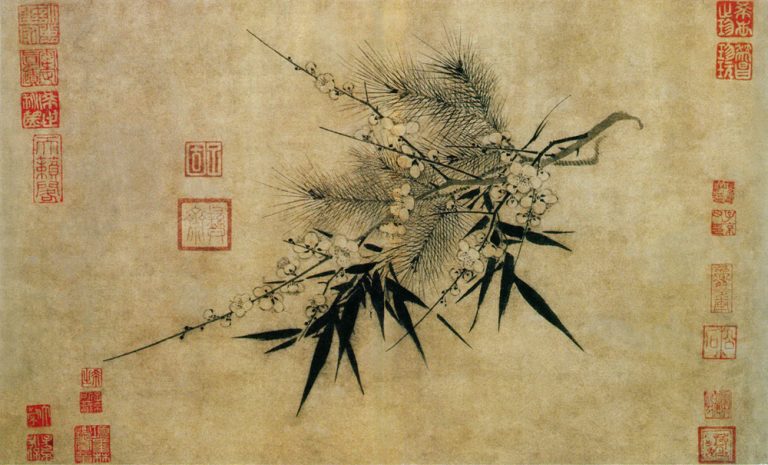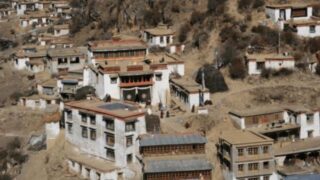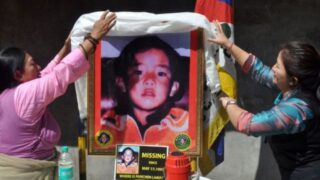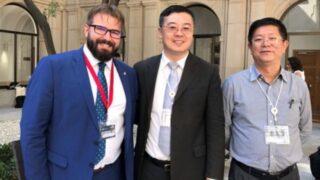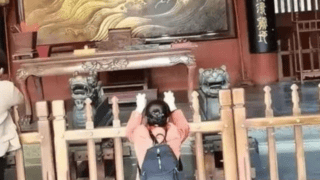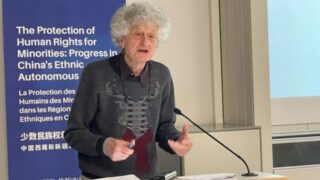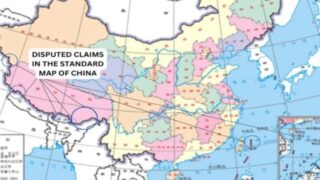The most successful series of the year on Chinese TV promotes a false “old Tibetan spirit” and ignores real Tibetan culture.
by Lopsang Gurung


Tibetans finally have their own epic TV series, one they helped produce themselves. Or so it was announced with great fanfare. However, as Tibetans might have suspected from the beginning, the 32-episode “Where Snow Lotus Blooms” (雪莲花盛开的地方) broadcast from May on CCTV 1 of the government-controlled China Central Radio and Television Station is just another piece of CCP propaganda. Henan Radio and Television and Tibet Radio and Television co-produced the series with CCTV.
No doubt the series has been successful all over China. So far, it is the most watched TV series of 2023 in the country. Tibet “is” beautiful, and any series about Tibet would have great photography and beautiful landscapes. It is also an expensive production with good actors.
Unfortunately, it tells the usual lies. Tibetans are depicted as unhappy and backwards until the Chinese “liberators” arrived. Not only the soldiers, but the CCP Han Chinese cadres and students that “voluntarily” came to Tibet after the invasion were selfless heroes whose main purpose was to “revive the old Tibetan spirit.”
Indeed, the “old Tibetan spirit” is a key concept of the series, but it has nothing to do with Buddhism, monasteries, and traditional Tibetan culture. By searching inside themselves, the Tibetans of the series discover this spirit, whose essential content is that they are —Chinese. As one character says, “the life connection of the Han and Tibetan peoples’ blood is thicker than water.”


The Han Chinese who came to “help” Tibetans to evolve from feudal ignoramuses to good Communists may have different opinions and motivations, but there are no real villains. The series’ hero, student Ouyang Nan, is a paradigm of Marxist virtue and altruism. However, even his rival, Mei Yansheng, who went to Tibet not to support the CCP but to be with his love interest, Li Xia, is not really evil. His affection for Li Xia is sincere, although we lead that “his ideology is distorted” by excessive focus on romantic love.


The only nod to reality is a mention of the anti-ecological behavior of predatory large Chinese companies. However, while in reality these companies operate under the protection of corrupt CCP bureaucrats, in the series the CCP unrealistically protects the villagers from them.
In the end, Qiangga Village, where the series is set, becomes a modern and prosperous community and opens itself to tourism, thanks to the cooperation between Han Chinese and Tibetans, whose blood and culture “is one and the same.”
It is not. What is missing in a series about the “old Tibetan spirit” is precisely the real Tibetan spirit, which is inseparable from his religious, Buddhist, and Tibetan-language culture. All the rest is propaganda—which is not surprising, as the series was preliminary appraised and approved by the United Front Work Department of the Central Committee of the Communist Party of China.
